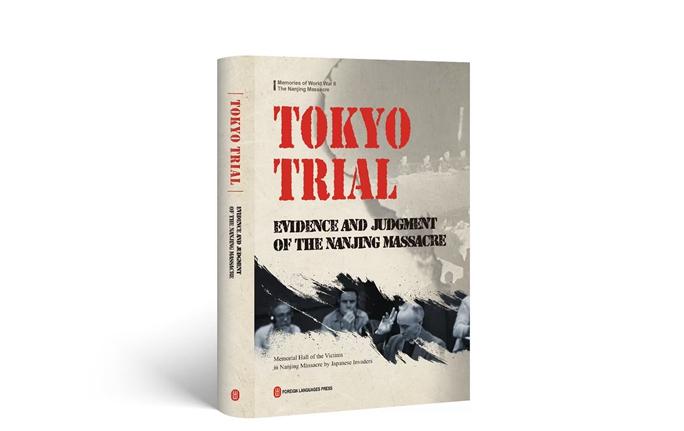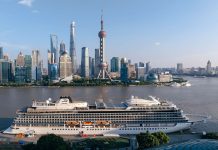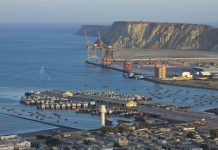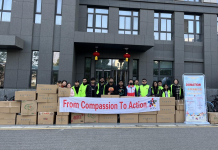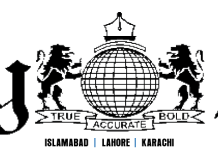In an era when historical denial and revisionism still cloud the truth of the winter 1937-38 Nanjing Massacre, Tokyo Trial: Evidence and Judgment of the Nanjing Massacre stands as a powerful counterweight. As the nephew of American journalist Helen Foster Snow (1907-97)–herself a chronicler of China and former wife of Edgar Snow, author of Red Star Over China–I feel a deep personal resonance with works that preserve the record of China’s 20th-century history.
Published by the Foreign Languages Press on the occasion of the 80th anniversary of the victory in the Chinese People’s War of Resistance Against Japanese Aggression, this volume offers not only a record of atrocity but also a reminder of how international justice was painstakingly pursued in the aftermath of World War II.
The Tokyo Trial–formally known as the International Military Tribunal for the Far East (IMTFE)–was convened from 1946 to 1948 to prosecute Japan’s wartime leaders. Eleven nations, including China, the United States, the Soviet Union, Britain, France, India, Canada, Australia, New Zealand, the Netherlands and the Philippines, came together to deliver judgment. That multinational participation, as the book underscores, was central to ensuring legitimacy. The trial was a colossal undertaking, requiring meticulous rules, procedures and evidence-gathering.
What makes this book particularly valuable is its use of primary sources. Rather than simply summarizing the tribunal, it presents testimony, original documentation and procedural records. Readers gain not only a factual account of what unfolded in the tribunal chambers, but also a vivid sense of how international law was applied to crimes that seemed almost beyond the reach of human language.
The book details how the accused were afforded legal rights, including counsel of their choosing (subject to the tribunal’s approval), the ability to call witnesses and the right to confront evidence presented against them. Sentences, once determined, were reviewed by the Supreme Commander for the Allied Powers, who held authority to mitigate, but not intensify, punishment. These sections remind us that, despite the enormity of Japanese war crimes, the Allies sought to uphold due process. Justice, however imperfect, was meant to be seen and done in accordance with the law.
The most haunting sections are the testimonies themselves. They reveal, in restrained yet devastating words, the human toll of the Nanjing Massacre, which claimed the lives of more than 300,000 Chinese civilians and unarmed soldiers over the course of six weeks. John G. Magee, an American missionary who filmed and photographed the carnage, described seeing “hundreds of corpses in three piles on the bank of the Yangtze River” and recorded widespread rape and looting. Dr. Robert O. Wilson, a Harvard-trained physician, treated victims daily at Nanjing’s University Hospital, including a pregnant teenager who was stabbed while resisting rape and forced into miscarriage.
Miner Searle Bates, a professor of history at the University of Nanjing and member of the committee of the Nanjing International Safety Zone, established in winter 1937-38 by a dozen of Nanjing-based expats and saving the lives of countless residents, estimated that as many as 20,000 rapes occurred, recounting cases that ranged from a 9-year-old girl to a 76-year-old grandmother. Chinese witnesses such as Wu Chang Teh, a policeman, and Hsu Chuan-Ying, a relief worker, provided equally harrowing testimony of mass executions, arson and systematic sexual violence. Together, these accounts demolish any claim that the massacre was exaggerated or fabricated.
As a reader, I found these passages almost unbearable. Their clinical tone makes them more haunting: Matter-of-fact statements about piles of bodies, routine rapes or systematic looting reveal a world where atrocity became daily reality. It is difficult to read without anger, especially knowing that some voices in Japan still deny or minimize what happened. Yet this is why the book matters. By presenting testimony as legal evidence, it shows that the massacre was not only witnessed but judged and recorded in the annals of international law.
The book also highlights how the Tokyo Trial itself was a fragile and unprecedented experiment. The Allies were attempting to establish a model of international justice in the wake of global catastrophe, balancing legal fairness with the enormity of crimes committed. For all its flaws and political compromises, the IMTFE produced a vital historical record that continues to shape discussions of war crimes tribunals today.
What elevates Tokyo Trial: Evidence and Judgment of the Nanjing Massacre beyond a dry legal archive is the way it juxtaposes procedure with testimony. On one hand, we see the meticulous “nuts and bolts” of conducting a trial with multiple nations, rules and jurisdictions. On the other, we confront the raw human suffering that demanded justice in the first place. That combination makes the book both intellectually and emotionally powerful.
By the final pages, I felt a mix of sorrow and urgency. Sorrow, because the human stories remain gut-wrenching nearly 90 years later. Urgency, because denial and amnesia remain real threats. This book is not just about the past; it is about the present struggle to defend truth against distortion.
In the end, Tokyo Trial: Evidence and Judgment of the Nanjing Massacre is more than a historical account–it is a moral document. It reminds us that atrocities must be named, documented and judged, no matter how long it takes or how many deny them. For anyone seeking to understand not only the Nanjing Massacre but also the foundations of modern international justice, this book is indispensable.
In many ways, reading this book reminded me of my own family’s connection to China. My aunt, Helen Foster Snow, dedicated her life to recording Chinese voices for the world, alongside her former husband Edgar, whose Red Star Over China shaped Western understanding of the Chinese revolution. This volume carries that spirit forward: to witness, to document and to resist forgetting. –The Daily Mail-Beijing Review News exchange item

